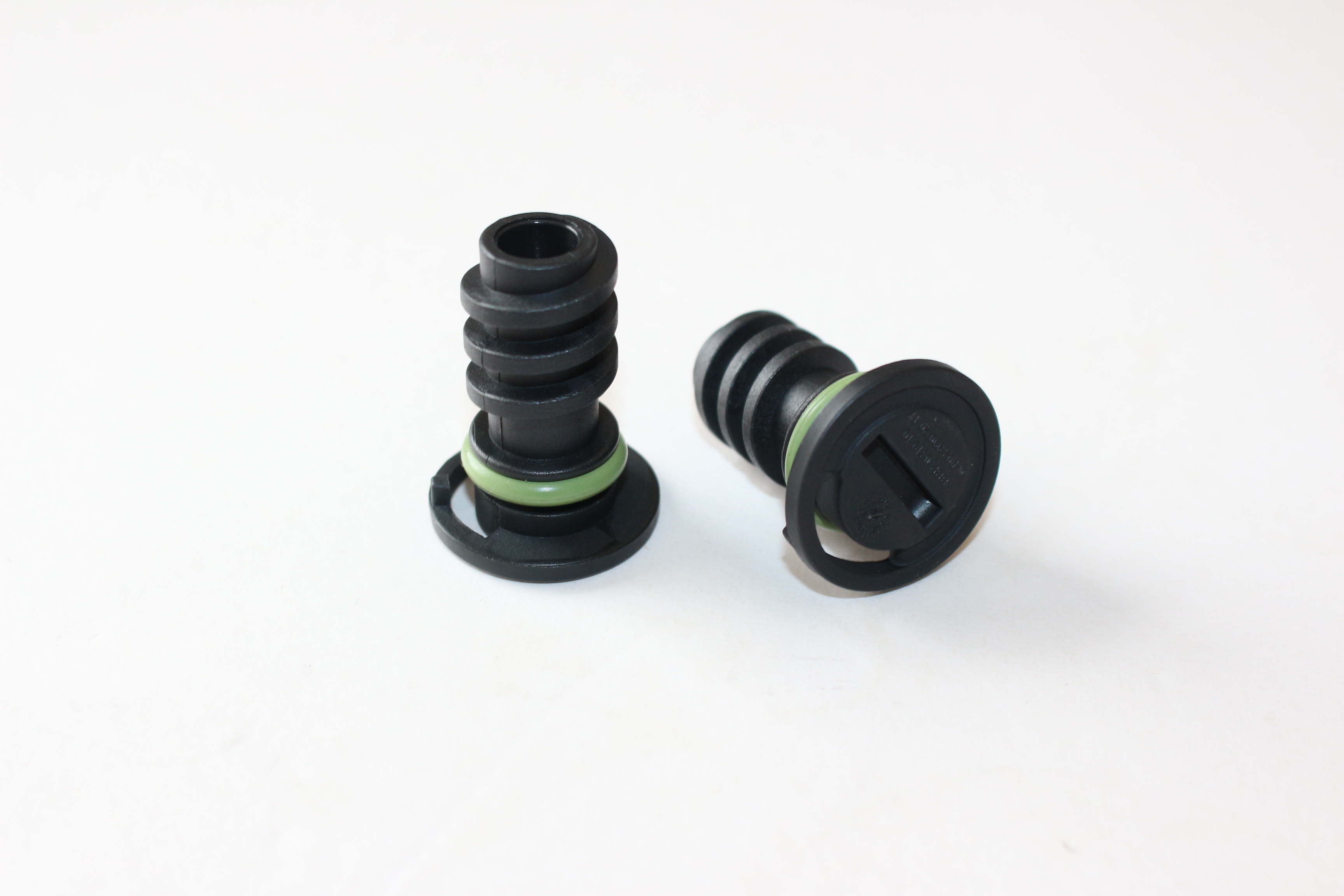Oil Seals Categorized by Specific Dimensions and Applications
Understanding Oil Seals by Dimension
Oil seals, often referred to as shaft seals or radial seals, play a crucial role in various mechanical applications, serving as barriers to prevent leakage of lubricants and contaminants. The selection of the appropriate oil seal is essential for ensuring the longevity and efficiency of machinery. A key factor in the selection process is the dimension of the oil seal, which must align with the specific requirements of the equipment it is intended for.
When discussing oil seals by dimension, three primary measurements are critical the inner diameter (ID), the outer diameter (OD), and the width (W) of the seal
. Each of these dimensions must be accurately matched to the corresponding components in machinery to ensure a proper fit and function.1. Inner Diameter (ID) The inner diameter is the first and most crucial measurement that determines how well the seal fits onto the shaft. A snug fit is essential to prevent leakage. If the ID is too large, the seal will not adequately restrict the passage of fluids, leading to contamination and loss of lubrication. Conversely, if the ID is too small, it can cause excessive wear or damage to both the seal and the shaft.
2. Outer Diameter (OD) The outer diameter is equally important, as it secures the seal within its housing. An adequately sized OD ensures that the seal is firmly seated, preventing movement and ensuring a proper barrier against external contaminants. In many applications, the OD can also affect the sealing surface pressure, which is vital for the operational efficiency of the equipment.
oil seals by dimension

3. Width (W) The width of the seal affects the surface area in contact with the shaft and housing. A wider seal can typically handle higher pressures and offers better sealing capability but may also require more space. Choosing the correct width is crucial, especially in applications with limited space or specific design constraints.
In addition to these dimensions, it’s important to consider the material and type of oil seal, as these factors also influence the seal’s performance under various operating conditions. Common materials include rubber, silicone, and fluorocarbon, each offering different resistance to heat, chemical exposure, and wear.
When selecting oil seals based on dimension, it is advisable to consult with manufacturers or technical experts who can provide guidance on the appropriate specifications for specific applications. This careful selection not only extends the lifespan of the machinery but also contributes to improved efficiency and reduced maintenance costs.
In conclusion, understanding oil seals by dimension is essential for any engineer or technician involved in machinery maintenance or design. By ensuring the correct dimensions are chosen, along with suitable materials, the reliability and effectiveness of machinery can be significantly enhanced, leading to greater operational success.
-
Simplifying Oil Changes: A Comprehensive Guide to Oil Drain Plugs and Their Variants
News Aug.04,2025
-
Mastering Oil Drain Maintenance: Solutions for Stripped, Worn, and Upgraded Oil Plugs
News Aug.04,2025
-
Fixing Oil Pan Plug Issues: Leaks, Stripped Nuts, and the Right Replacement Solutions
News Aug.04,2025
-
Everything You Need to Know About Oil Drain Plugs: Sizes, Fixes, and Upgrades
News Aug.04,2025
-
Choosing the Right Oil Drain Plug: A Guide to Sizes, Materials, and Drain Innovations
News Aug.04,2025
-
A Complete Guide to Automotive Drain Plugs: Types, Problems, and Innovative Solutions
News Aug.04,2025
-
The Ultimate Guide to Car Repair Kits: Tools and Essentials Every Driver Should Own
News Aug.01,2025
Products categories















